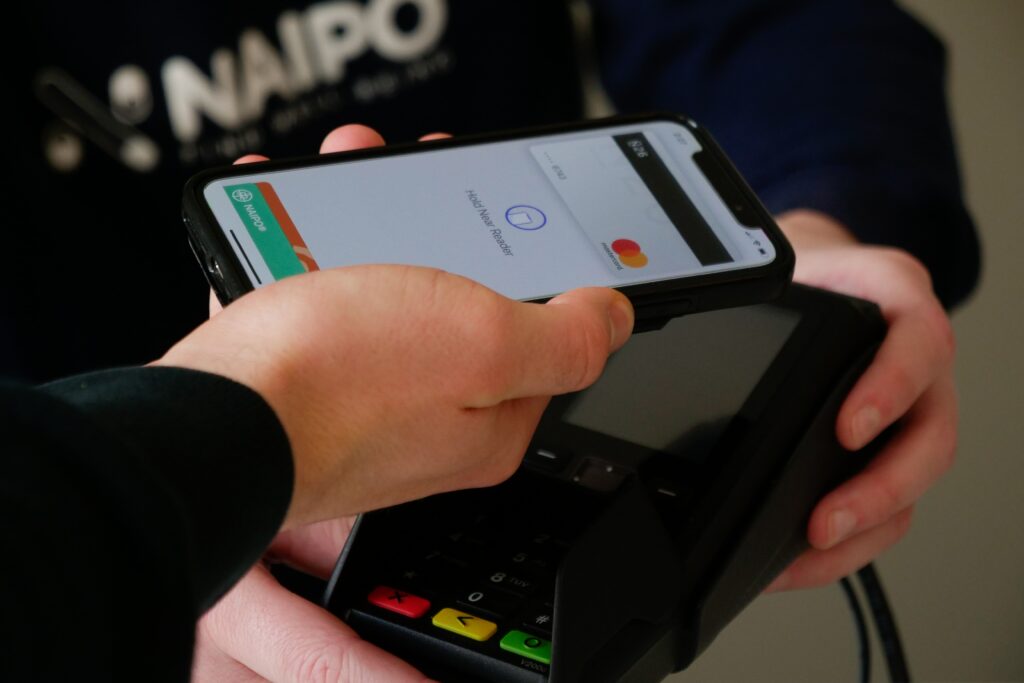
A virtual credit card is not a joke nor a product without a market. Online shopping is gaining momentum: 82% of Canadians have shopped online in 2020. Online shopping allows you to avoid traveling to make purchases and to receive them in the comfort of your own home. however this method also comes with its share of dangers.In fact,, you can fall victim to fraud or a security breach when you use your choice of credit cards to pay online. That's where virtual credit cards come in and offer extra protection.
What is a virtual credit card?
As the name suggests, a virtual credit card is completely digital. It consists of a unique and temporary card number that allows you to make online purchases without having to provide your regular credit card information. At the time of payment, your card issuer randomly generates a card number, expiration date and a security code that you simply use instead of your credit card information.
The transaction is recorded on your credit card account as if you had used it. Generally, you have the option of setting a spending limit, or having the number used only once. You can also limit its use to one business.
What is the difference between a virtual credit card and a regular credit card?
The main difference is, of course, that one is physical and tangible and the other is virtual. Besides this obvious fact, the traditional credit card has fixed information, unlike the virtual card which, in some cases, can generate new identifiers with each transaction. This makes the traditional card more vulnerable to fraud and data leakage.
The virtual card also allows you to set your own spending limit and expiration date. However, unlike the regular card, it cannot be used for in-person transactions. For that, it must be added to a digital portfolio.
What are digital portfolios?
Virtual credit card and digital portfolios are two very different things. A digital portfolio is a mobile application where you can add your debit or credit card. You can, then, use the application to make contactless payments in stores or on other apps and websites, speeding up your transactions. Among the most popular digital portfolios, you'll likely recognize Apple Pay and Google Pay. As mentioned earlier, a virtual credit card can be added to a digital portfolio.
What are the benefits of a virtual credit card?
The primary benefit of virtual credit cards is that they offer an additional layer of protection to your account. While data leaks seem to occur more often, the virtual credit card allows you to avoid exposing your primary account information. With the virtual card, you can close your account at any time, even after a single purchase, making your data completely inaccessible to a fraudster.
You can minimize risks by setting a spending limit or expiration date. The reverse is also possible. If your regular credit card is compromised, you must apply for a new account number, which can create problems especially for recurring payments.
If you need to monitor your credit score because you sometimes splurge on your card, spending limits are a great advantage of the virtual credit card. Plus, most of them are free, since they are linked to your existing account. Additionally, you can enjoy all the perks and benefits that come with your regular card, whether it's rewards or discounts.
No more waiting for your credit card to arrive in the mail. You can use your virtual card as soon as you complete your registration. Finally, using a virtual credit card makes it harder for advertisers to track your purchases.
Are there any drawbacks?
Virtual credit cards are convenient, but in some cases it's wiser to use your regular card or a digital portfolio. For example, if you make a purchase that you need to pick up in person, you may need to present your card to prove your identity. The catch is that the virtual card number is not the same as your physical card number. The same problem can occur when you make hotel or car rental reservations.
A similar inconvenience can occur if you need to return a purchase in person. Stores often require that a refund be made to the same card as the purchase. If you are asked to insert your card or if your virtual card has already expired, you may have to fall back on in-store credit.
And, if you're using an e-card for a subscription, be aware of the expiration date. You'll need to change the number each time the card expires. Otherwise, your subscription will be suspended.
The virtual credit card is meant to be used online, which means you can't use it directly in the store. You have to add it to a digital portfolio to use it in person. Most major banks don't offer virtual cards either, so your best option would be to add your physical card to your digital portfolio.
Without further ado, here are the best virtual cards available on the Canadian market. You can use our credit card comparison tool to guide you in your choice.
KOHO Premium Mastercard® Prepaid card (formerly KOHO prepaid Visa)
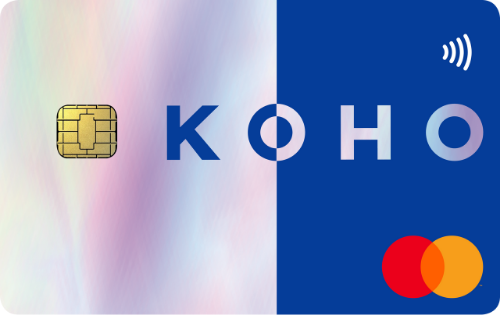 Fee: $9 monthly or $84 annually
Fee: $9 monthly or $84 annually
Cash back rate: 1%*.
Welcome offer: Free 30-day trial
The KOHO Premium Mastercard Prepaid Card is one of the best prepaid cards on the market, but it also comes with a virtual version, which can be accessed through the KOHO mobile app. This card, which has the benefit of offering you cash back on your purchases, has a fee of $9 per month, or $84 per year. In terms of cash back, you get 2% on groceries and restaurants, including delivery and takeout. You also get 2% on transportation, including public transportation, driver services like Uber and gas stations. On all your other purchases, you get 0.5% cash back.
This card allows you to have no currency conversion fees, plus you're allowed one ATM withdrawal outside of Canada every month. You also have access to the services of an in-house financial coach. Finally, the KOHO Premium Mastercard comes with a price match policy so you always get the lowest prices on your purchases.
Since it's a prepaid card, you are somewhat limited in spending. You are allowed $4,000 in spending per day and $40,000 per month. Also, you get a free 30-day trial to see if this card is right for you.
KOHO Mastercard® Prepaid Card
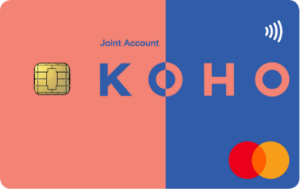 Fee: None
Fee: None
Cash back rate: 0.5%*.
The KOHO Mastercard® Prepaid Card is the basic version of the previous card. It has no fees and a cash back rate of 0.5% on all your purchases. However, you are eligible for up to 5% cash back at select participating retailers.
If you create a KOHO Savings account, you'll also earn 1.2% interest on your savings. Simply set up direct deposit on the KOHO app. As a prepaid card, the KOHO Mastercard® comes with some limits, including a 1.5% currency conversion fee and a spending limit of $4,000 per day and $30,000 per month.
STACK Mastercard Credit Card
 Fee: None
Fee: None
The Stack Mastercard is also a prepaid credit card. It comes with no annual fee and also does not include a currency conversion fee, making it very convenient for frequent travelers. Unlike other cards that offer cash back based on categories, the Stack Mastercard offers cash back at over 140 participating retailers. With its mobile app, you'll be able to track your spending and easily manage your finances. Plus, you have a feature that allows you to set aside small amounts automatically in a savings account.
The Wise Mastercard
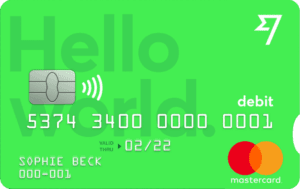 Fee: None
Fee: None
Recently launched in Canada, the Wise Mastercard is already attracting fans around the world. This one is really made for travelers. With the Wise Mastercard, you can hold bank accounts in 10 different currencies. In addition, you can hold and convert money in over 50 currencies and send it to over 80 countries. Thanks to its intelligent technology, this card automatically selects the currency with the best conversion rate and at the lowest cost.
The RBC Virtual Visa Debit Card
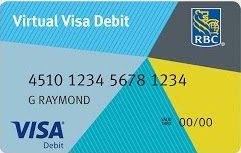 Fee: None
Fee: None
The RBC Virtual Visa Debit Card is a great option if you prefer to get a card from one of the major Canadian banks. As the name suggests, this card is not a credit card, but rather a debit card. This means that all your purchases are charged directly to your account. This prevents you from exceeding your budget or receiving a bill every month.
There is no fee for this card, but you must have an active RBC Royal Bank Client Card to get it. To order yours, you must contact RBC by phone or visit a branch. A reference card with the card information will be sent to you. Of course, this card does not have a chip or magnetic stripe as it cannot be used in-store.
*The rebate rate is based on monthly spending as follows: 37.5% for groceries, 12.5% for gas, 9% for restaurants, 6.25% for entertainment and 34% for other purchases. To find the right card for your spending habits, use our credit card comparator.




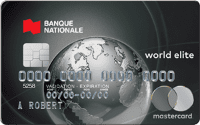
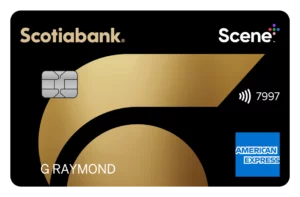





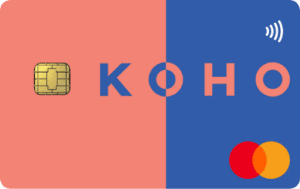
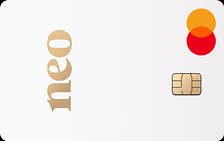




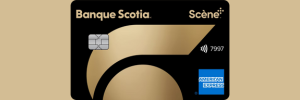



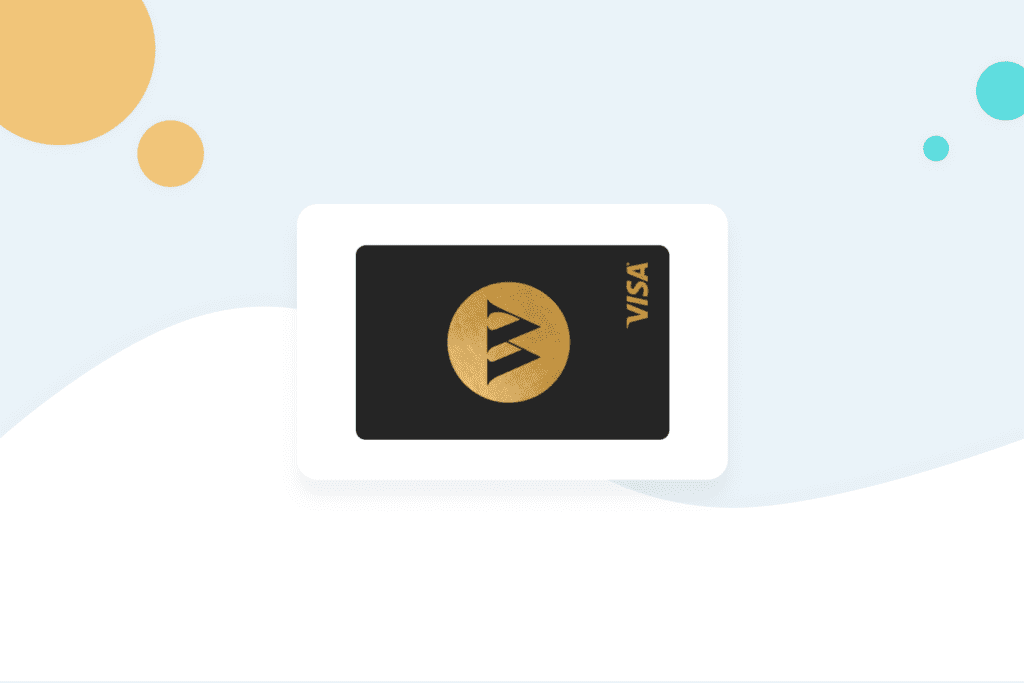
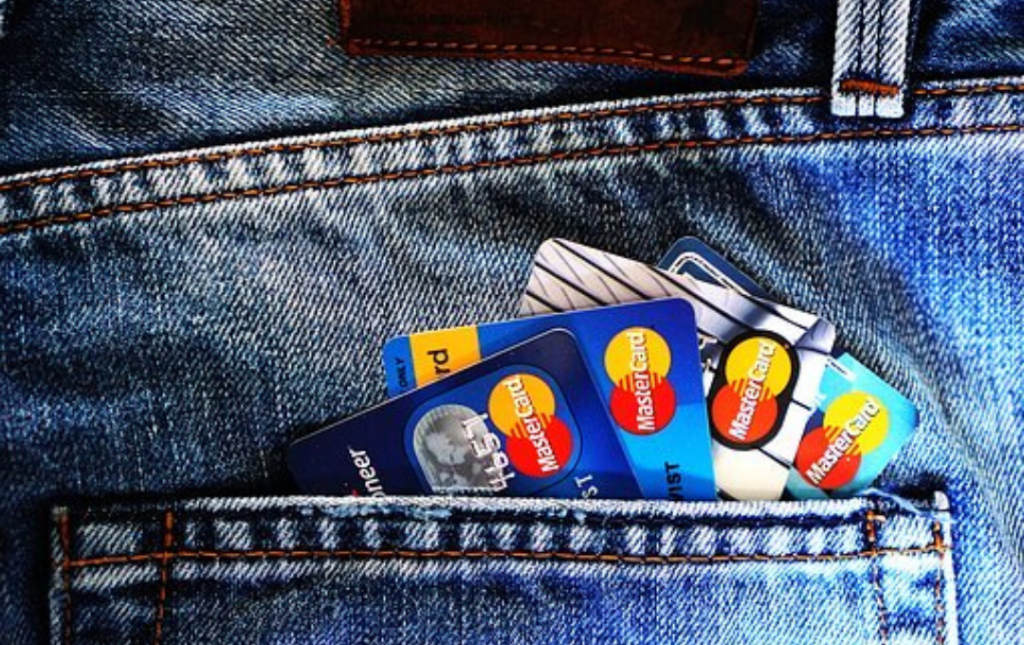



About The Author: Louis Angot
Louis Angot is a French writer at Hardbacon where he is in charge of informing readers of the best practices in personal finance. After graduating from Concordia University with a degree in journalism and art history, he studied fashion marketing and journalism in Paris for two years. An ardent writer, he has written for several media, including Carenews, a company specialized in social and solidarity economy.
More posts by Louis Angot